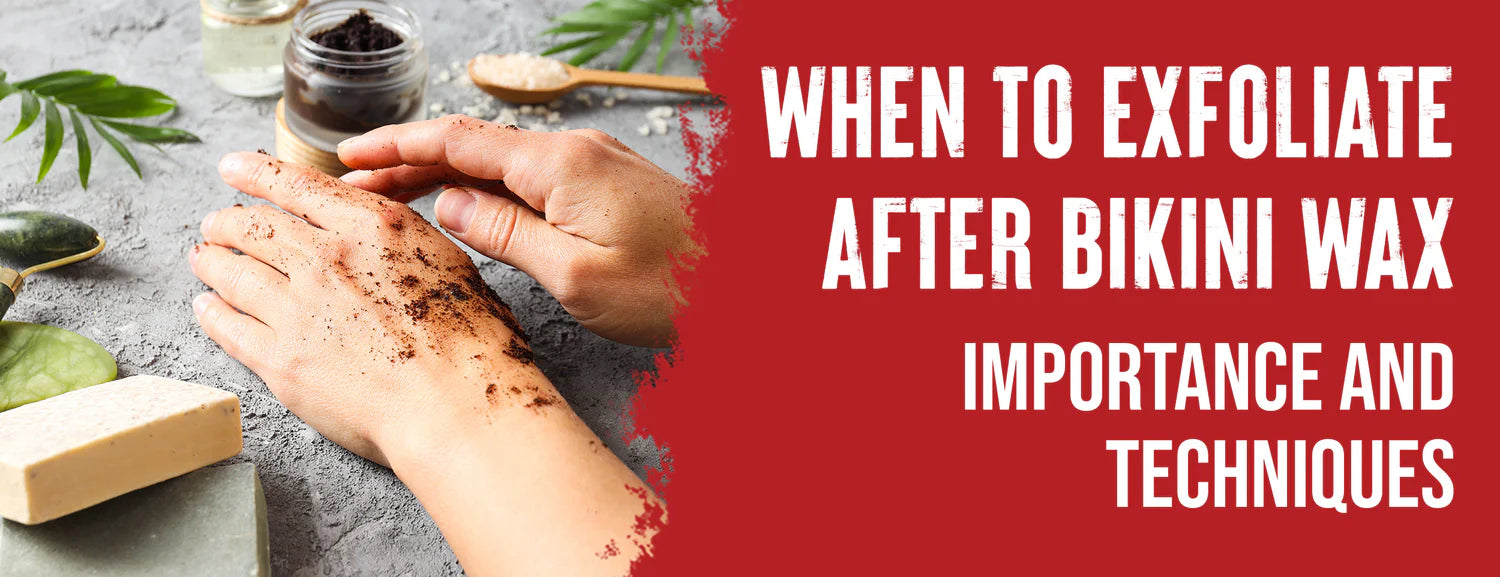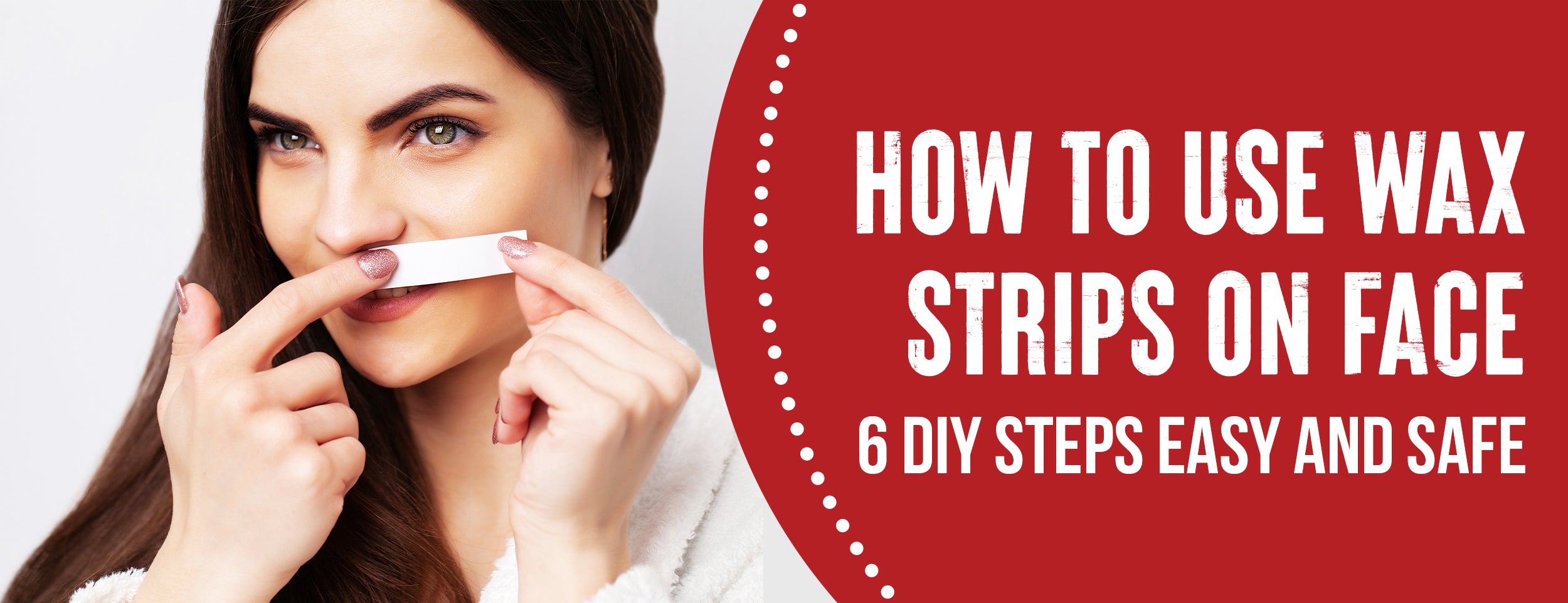The significant dehydrating properties of hair wax make it best to limit its use to hair only. Your scalp should not be exposed to the product. Applying hair wax to your scalp directly restricts oxygen flow to your follicles. Growth of the hair is interrupted.
You just need to turn on your shower and turn the water to a hot temperature to remove hair wax. Apply hot water to your hair thoroughly, starting at the roots and working your way down. Heat will help soften the wax, so it's easier to wash off.
We'll cover the best ways to get rid of it, the factors to consider before removing hair wax, and how to keep your hair healthy afterward.
How to Wash Out Hair Wax: 7 Different Methods

You need to understand how to remove hair wax effectively without damaging your hair. It can be challenging to style your hair later if hair wax is not removed correctly. We will explore different methods to wash out hair wax and maintain healthy hair.
Hot Water Treatment
Hot water can be an excellent tool to remove hair wax when using it correctly. Here are some benefits of using hot water to wash out hair wax:
- Opens the hair pores, which helps to loosen up the wax buildup.
- Softens up the wax, making it easier to wash out.
- Boosts blood circulation in the scalp, helping to stimulate hair growth.
How to Properly Use:
- Using lukewarm water, clean your hair of dirt or sweat buildup.
- Gradually increase the water temperature until it is hot but not scalding hot.
- Work the hot water into your hair by massaging your scalp, but avoid using too much pressure.
- Rinse your hair thoroughly with hot water until all the wax has been removed.
Dry Shampooing Your Hair
Dry shampoo removes wax from your hair and gives it a refreshed look. Dry shampoo offers the following benefits to wash out hair wax:
- Absorbs excess oil and dirt buildup from the hair, which helps to remove the wax.
- Volume and texture are added to the hair, which helps to make it look fresher.
- It can be used as a one-day hair break from washing with water, which allows the hair to rest.
How to Choose a Dry Shampoo:
- Select a dry shampoo that matches the color of your hair.
- Avoid using dry shampoos that contain alcohol, as this can dry out the hair and scalp.
- Look for dry shampoos that contain natural ingredients like chamomile and aloe vera, which soothe the scalp.

Giving Your Hair a Day Off
Resting your hair for a day can be helpful in effectively removing hair wax. Here are some benefits of giving your hair a break:
- The hair can recover from damage caused by hair wax.
- Retains natural oils and moisture in the hair, adding a natural shine.
- It can help recharge hair and give it a renewed bounce.
Hair Care Tips During Rest
- Apply natural oils like coconut, jojoba, or argan oil to your hair to help replenish its moisture.
- Use a soft-bristle brush to stimulate blood flow and promote healthy hair growth.
- Avoid heat styling tools that can damage the hair and scalp.
The Power of Baby Oil and Olive Oil
Baby oil and olive oil are natural ingredients that effectively remove hair wax. The following are some benefits of using these oils:
- Softens up the hair wax, making it easier to remove.
- It moisturizes the hair and scalp, promoting overall hair health.
- No harsh chemicals are present in commercial hair care products.
How to Properly Use These Oils
- Microwave the oil for a few seconds.
- Apply the oil directly to your hair, covering every strand.
- Apply the oil evenly to the hair.
- Put on a shower cap or a towel and leave it on for 20-30 minutes.
- Cleanse the hair thoroughly and wash with a gentle shampoo.
Wax Removal with Heat
Heat is one of the most effective methods for removing wax from hair strands. The heat loosens the wax, making removal easier. Follow these safety tips to prevent heat damage:
- Your blow dryer's lowest heat setting is recommended.
- Your hair should be at least 6 inches away from the blow dryer.
- Keep the dryer in a different spot for a short time.
- Keep moving the dryer around for even heat distribution.
Hot Towel Treatment

The hot towel treatment is another popular technique for washing out hair wax. Here is a step-by-step guide on how to use a hot towel:
- Dip a clean towel in hot water.
- Squeeze out the excess water.
- Wrap the hot towel around your head.
- Let it sit for 5 to 10 minutes.
- Remove the towel and gently comb through your hair to remove the wax.
Products for Removing Wax
- Understand the different types of wax remover products and choose one suitable for your hair type.
- Please read the product label carefully.
- Test the product on a patch before applying it all over your hair.
- Use a shampoo that rinses your hair thoroughly after using it.
Hair Wax Washout: 4 Impacting Factors
To successfully and safely remove hair wax, consider the type of wax, frequency of use, hair type and texture, and scalp condition. These factors impact the ease and effectiveness of the removal process.

Type of Hair Wax Used
The type of hair wax being used can significantly affect how it is removed from the hair. Some hair waxes are formulated to be easily washed out with water, while others require specific products or methods for removal. It is essential to consider the type of hair wax used and determine the appropriate removal method for that particular product.
Frequency of Use
The frequency of use of hair wax can also impact the removal process. Regular use of hair wax can cause buildup on the hair, making it more difficult to remove. It is essential to consider how often hair wax is used and adjust the removal process accordingly.
Hair Type and Texture
The texture and type of hair can also play a significant role in removing hair wax. Thicker and coarser hair types may require more time and effort for removal, while finer hair types may be more susceptible to damage during removal. It is essential to consider hair type and texture when determining the appropriate removal method.
Scalp Condition

The condition of the scalp affects the removal of hair wax. An irritated or sensitive scalp may require gentler removal to avoid further irritation. It is essential to consider scalp conditions when removing hair wax to ensure a safe and effective process.
Conclusion
Removing hair wax buildup can be daunting, but it's straightforward with the correct method and helpful tips. Before you start, make note of the type of wax you use, the frequency of use, your hair type and texture, and your scalp condition.
This information lets you select the best method to remove the wax effectively. Hot water treatment, dry shampooing, baby oil, olive oil, heat from a blow dryer, and hot towel treatment are all solutions worth considering.
After washing out the hair wax, remember to use gentle hair care products, avoid overwashing, and give your hair a rest. Following these tips, your hair will remain healthy, beautiful, and wax-free.














